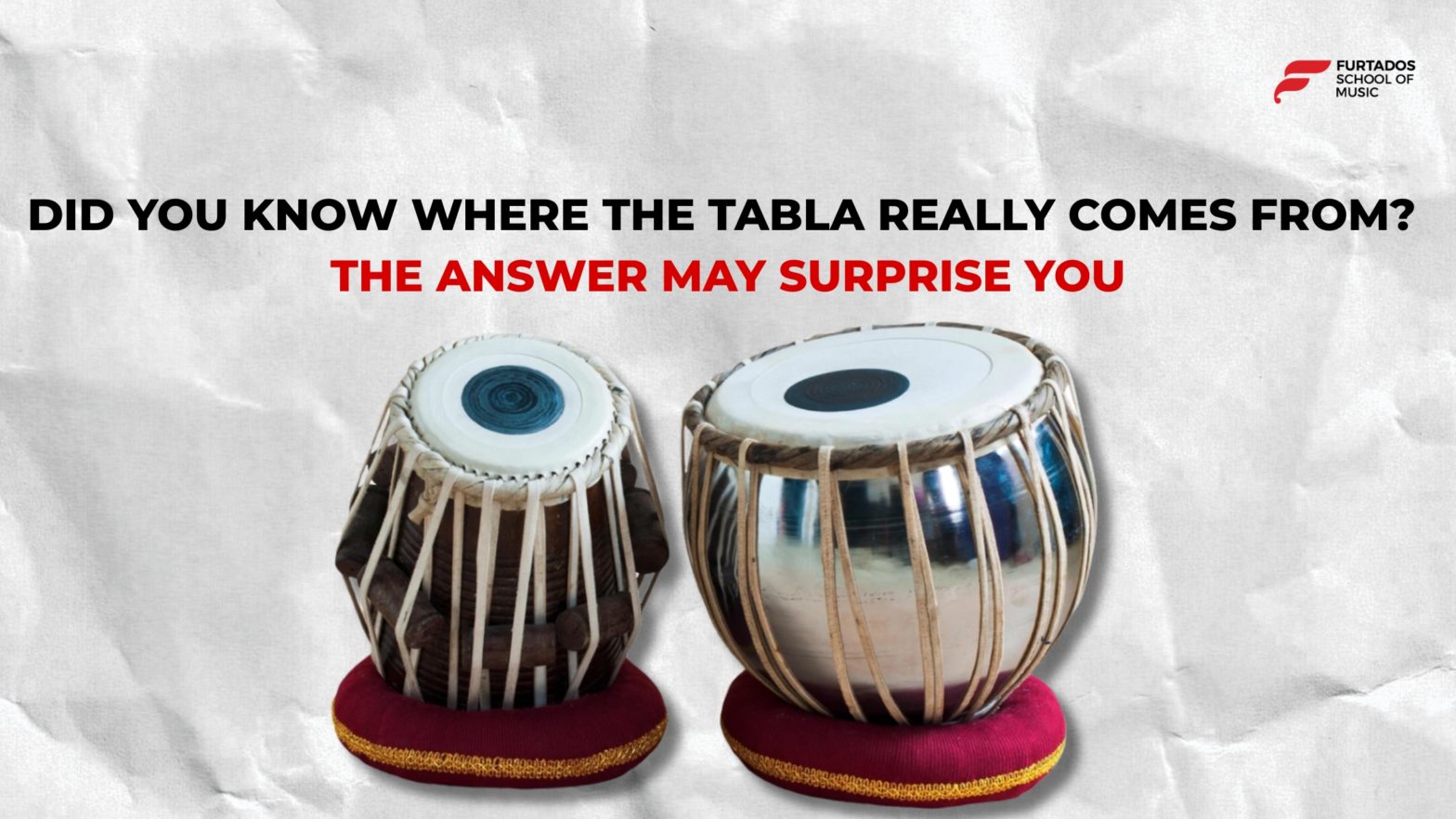The tabla, a cornerstone of Indian classical instruments, has long been enveloped in mystery regarding its true origins. While it stands today as a symbol of India’s rich musical heritage, debates persist about whether its roots trace back to India or Persia. In this exploration, we aim to debunk the myths surrounding the history of the tabla, shedding light on its evolution and significance.
Tracing the Origins: India or Persia?
The genesis of the tabla is a subject of various theories, each presenting compelling arguments:
- Evolution from Indian Instruments: A prevalent belief is that the tabla evolved from indigenous Indian percussion instruments. Ancient carvings, such as those in the Bhaja Caves, depict figures playing paired drums, suggesting early forms of the tabla. These sculptures indicate that similar instruments were present in India as early as the 2nd century BCE.
- Persian Influence: Another perspective points to Persian origins, citing the word “tabla” as deriving from the Persian word “tabl,” meaning drum. This theory suggests that the instrument was introduced to India during the Mughal era, reflecting a fusion of Persian musical instruments with Indian tradition
- Amir Khusru’s Innovation: Some narratives attribute the creation of the tabla to the 18th-century musician Amir Khusru, who is said to have developed the instrument to complement the evolving styles of Indian music. However, historical evidence supporting this claim is limited.
Despite these varied accounts, definitive historical evidence remains elusive, leaving the true origins of the tabla an intriguing enigma.
The Tabla’s Role in Indian Classical Music
Regardless of its origins, it has cemented its place as an integral component of Indian classical instruments. Its ability to produce intricate rhythms and a wide range of tonal expressions makes it indispensable in both solo performances and as an accompaniment to vocalists and instrumentalists. The tabla’s versatility extends beyond classical genres, finding a place in contemporary and fusion music as well.
Discover the Tabla with Furtados School of Music
For those inspired to delve into the world of the tabla, the Furtados School of Music (FSM) offers exceptional learning opportunities. FSM is renowned for its comprehensive music education programs, catering to students of all ages and skill levels. Their tabla courses are meticulously designed to provide a solid foundation in both the theoretical and practical aspects of the instrument.
FSM’s experienced instructors are dedicated to nurturing each student’s musical potential, employing personalized teaching methods that encourage creativity and technical proficiency. The supportive learning environment at FSM ensures that students not only master the rhythms of the tabla but also develop a deep appreciation for its cultural significance.
Why Enroll Your Child in Tabla Classes at FSM?
Introducing your child to classes at FSM can be a transformative experience, offering numerous benefits:
- Cultural Connection: Learning the tabla immerses students in India’s rich musical traditions, fostering a deeper understanding and appreciation of cultural heritage.
- Cognitive Development:Mastering complex rhythms enhances cognitive skills such as concentration, memory, and problem-solving.
- Emotional Expression: The tabla provides a medium for creative expression, allowing students to convey emotions through rhythm and sound.
- Community Engagement: Participating in music classes builds social skills and a sense of community among peers with similar interests.
FSM’s commitment to excellence in music education ensures that each student receives the guidance and support needed to thrive in their musical journey.
Embarking on the path of learning the tabla opens doors to a world of rhythm, culture, and personal growth. Whether drawn to its captivating sounds or intrigued by its historical mysteries, students at FSM are poised to discover the profound impact of this remarkable instrument.
